NOBIZIB (너비집)
1.6Km 2021-03-24
37-8, Myeongdong, 9-gil, Jung-gu, Seoul
+82-2-756-4084
This restaurant is famous for spicy Galbijjim (braised short ribs). This Korean dishes restaurant is located in Jung-gu, Seoul. The representative menu is spicy braised short ribs.
Inwangsan Mountain (인왕산)
1.6Km 2024-03-04
San 2-1, Muak-dong, Jongno-gu, Seoul
+82-2-2148-2834
Inwangsan Mountain is a rocky mountain located to the northwestern side of Seoul. It stands 338m tall. The Seoul City Wall is built along its ridge, connecting to the Baegak Mountain Trail. From the summit, one can see the three mountains of Naksan Mountain, Namsan Mountain, and the Bugaksan Mountain surrounding the historical center of Hanyang, the historical name for Seoul in Joseon period, with the Gyeongbokgung Palace at the center. There are five hiking trails, all taking about two hours to complete. It takes about three hours if you want to visit all the peaks of the mountain.
Donuimun Museum Village (돈의문박물관마을)
1.6Km 2024-07-22
14-3 Songwol-gil, Jongno-gu, Seoul
Donuimun Museum Village is a historical and cultural space situated in the city center reborn through Seoul-style urban generation while still maintaining its historical value as the first village within the western gate of Hanyangdoseong as well as the lives and memories from the city's modern and contemporary era.
Together with the neighboring area surrounding Gyonam-dong, Jongno-gu, Donuimun Museum Village was selected for inclusion in the "Donuimun New Town" in 2003 for which all of the existing buildings were to be torn down to construct a neighborhood park. But the city of Seoul had another plan in mind; it wanted to maintain this small village, where the old lives and memories are still well-preserved, as a village museum to not only spread the historical significance of Saemunan Village, the first neighborhood within the western gate of Hanyangdoseong (the Seoul City Wall) but also establish the village as a historical and cultural asset for all Seoul citizens. The village was remodeled while keeping the buildings as untouched as possible and, in a few sites where houses had been torn down, broad yards were created. As a result, the warm and affectionate appearance of the village including modern structures, urban-style hanok, and streets with 100 years of history still remain today in their original places to be reborn as a place of new culture enjoyed and experienced by citizens.
Today, Donuimun Museum Village welcomes visitors with a new concept, "100 Years of Seoul, Time Travel Playground in the City." The village has undergone a significant overhaul to fill itself with "participation-style" spaces and contents where exhibits, experience sessions, performances, and marketplaces are held year-round while keeping 40 or so existing buildings intact in order to solidify its identity as a "living museum village," which is the original intention behind the village's creation.
Myeongdong Hanubang (명동한우방)
1.7Km 2021-03-18
37-5, Myeongdong 9-gil, Jung-gu, Seoul
+82-2-2267-8132
This is a Korean cuisine located in Myeong-dong, Seoul. A Korean BBQ restaurant. The representative menu is grilled thin skirt.
Gyerim Sikdang (계림식당)
1.7Km 2021-03-19
39, Donhwamun-ro, 4-gil, Jongro-gu, Seoul
+82-2-2266-6962
This is a Korean cuisine located in Jongno, Seoul. The best menu at this restaurant is spicy braised chicken. Try Korean spicy chicken dishes.
Jeongdong Guksi (정동국시)
1.7Km 2024-06-19
5 Jeongdong-gil, Jung-gu, Seoul
02-732-0114
Jeongdong Guksi features a rich soup with a clean taste, created by carefully removing the oil dozens of times while boiling Korean beef bones for 15 hours. The restaurant uses this same beef bone broth in their mandutguk (dumpling soup), something not many restaurants do. The rich flavor of the broth combined with the soft dumplings, made in-house daily, is a must-try. The restaurant is also surrounded by many cultural and artistic spaces, making it a great addition to tours in the area.
Gayaseong (가야성)
1.7Km 2021-03-26
6, Eulji-ro 9-gil, Jung-gu, Seoul
+82-2-2267-3939
It is a popular store among office workers in Euljiro. This Korean dishes restaurant is located in Jung-gu, Seoul. The representative menu is noodles in black bean sauce.
Jungmyeongjeon Hall (중명전)
1.7Km 2025-01-09
41-11, Jeongdong-gil, Jung-gu, Seoul
+82-2-752-7525
Located near Deoksugung Palace, Jungmyeongjeon Hall is a red-brick modern Western-style building. It was built in 1899 as the imperial library of the Korean Empire. After Deoksugung Palace caught on fire in 1904, the place became the temporary residence of Emperor Gojong. It also witnessed the tragic part of history in which the infamous Eulsa Treaty (Japan-Korea Protectorate Treaty), an illegal treaty forced by Japan, was signed in 1905. Its exhibition hall serves as a place for historical education.
Hwangudan Altar (환구단)
1.7Km 2020-05-07
112, Sogong-ro, Jung-gu, Seoul
+82-2-3396-5842
Hwangudan Altar, also called Hwandan Altar, refers to an altar complex for the rite of heaven. The rites were first performed in the Goryeo dynasty by King Seongjong in the first month of 983 (2nd year of his reign), but was repeatedly adopted and abolished, and eventually stopped at the start of the Joseon dynasty.
Then in 1456 (2nd year of King Sejo), the practice was temporarily standardized and the rites were performed at Hwangudan Altar again in 1457. However, rites were again abolished in 1464 (10th year of King Sejo). It wasn’t until 1897 (34th year of King Gojong) when the Joseon dynasty was renamed as the Korean Empire and King Gojong ascended to emperor, that the rite was revived.
Now, Hwangungu Shrine and three stone drums stand at the location of the former altar complex. The three stone drums symbolize the instruments used for the rites. The shrine was completed in 1899, two years after the altar was started in 1897. Today, the Hwangungu Shrine still stands within the hotel grounds of the Westin Chosun Hotel.
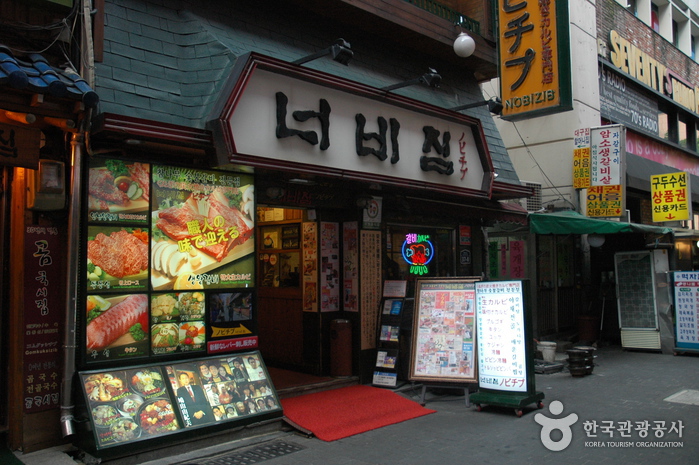
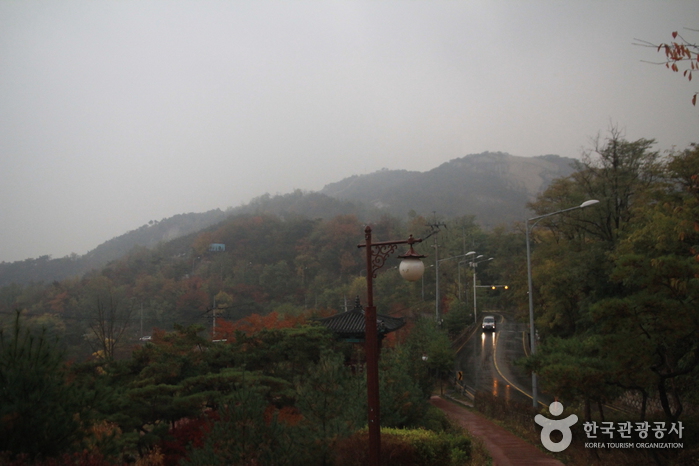
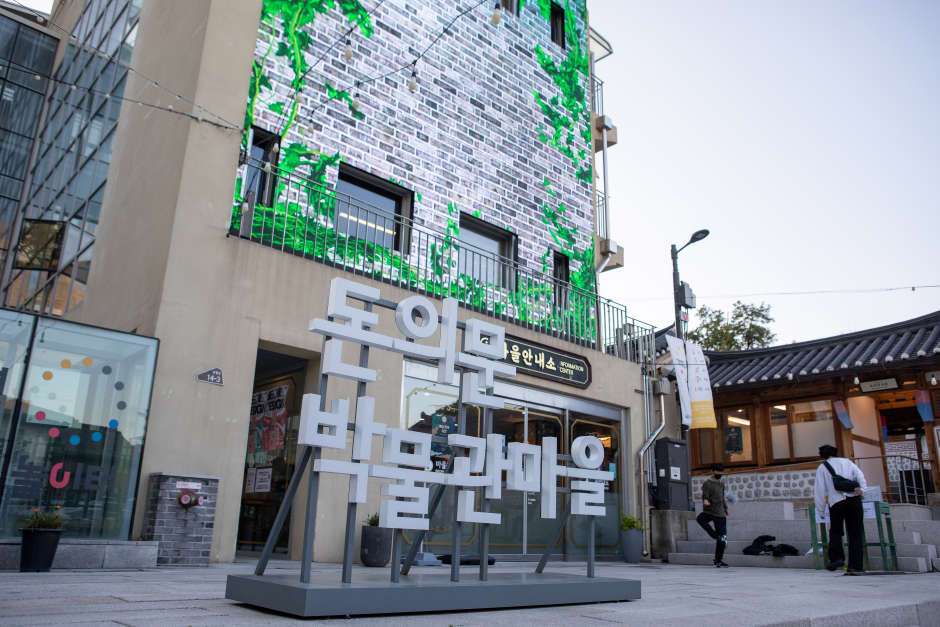
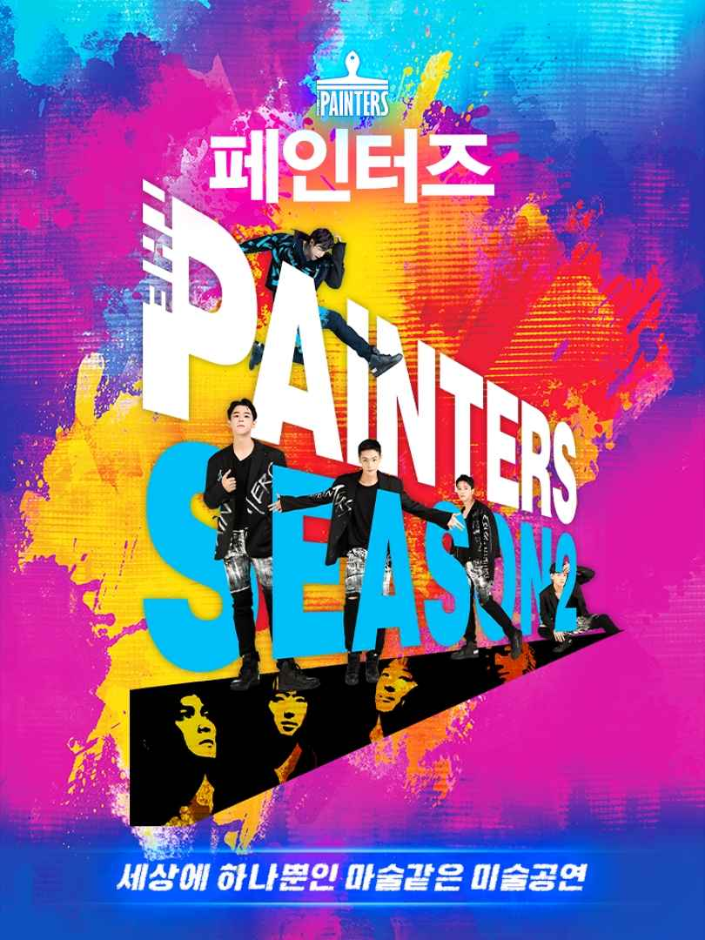
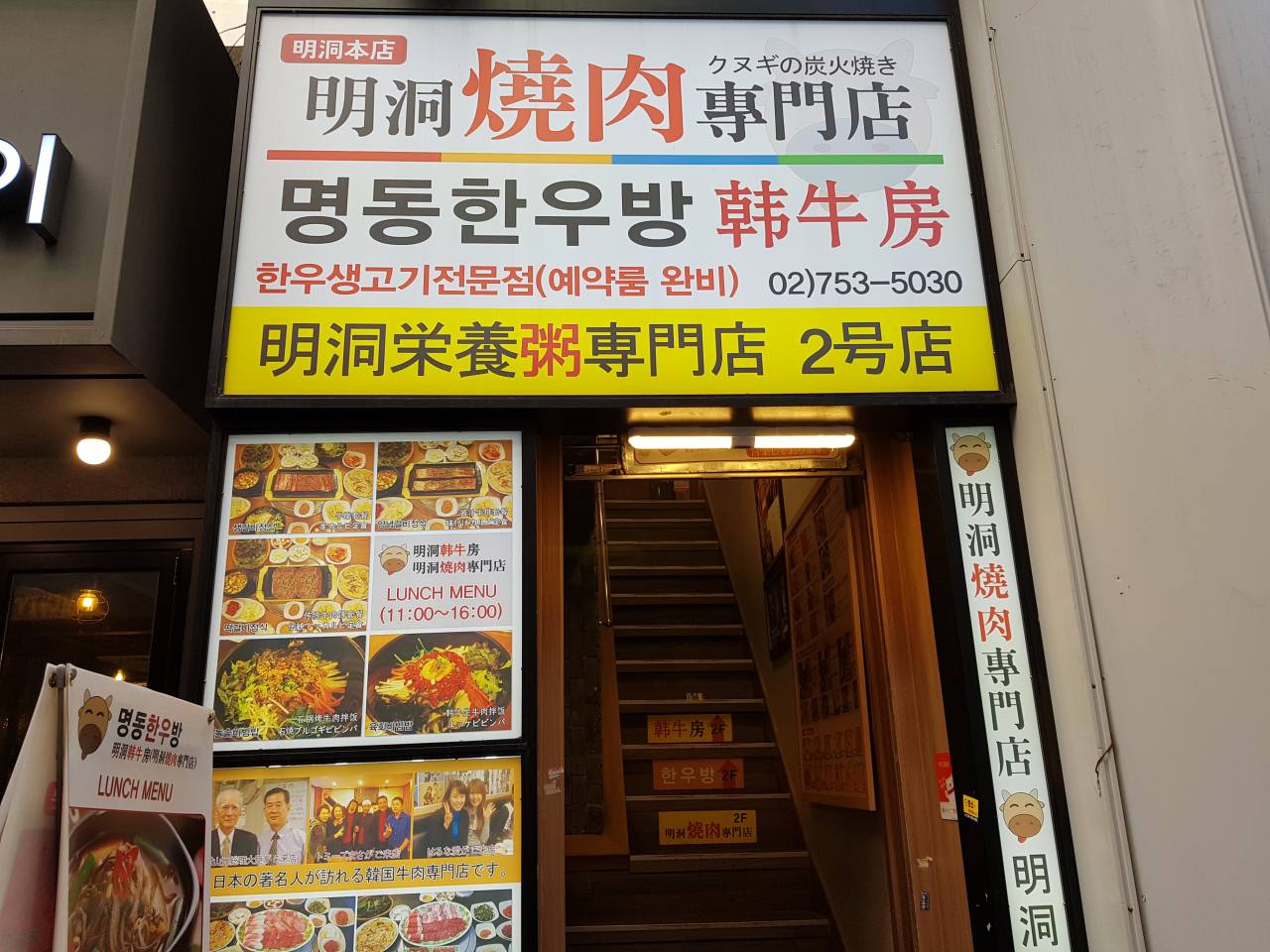

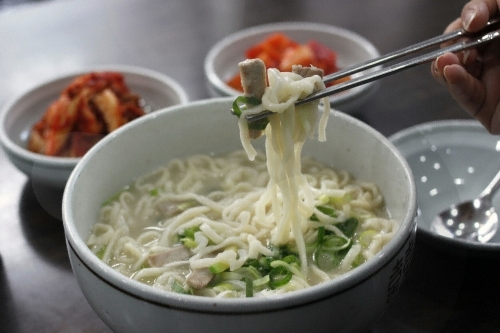
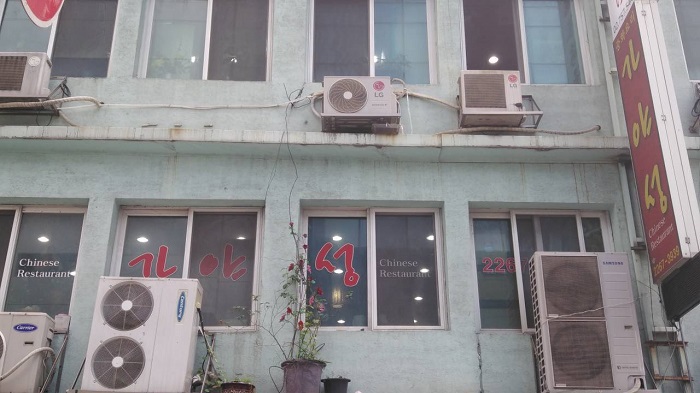
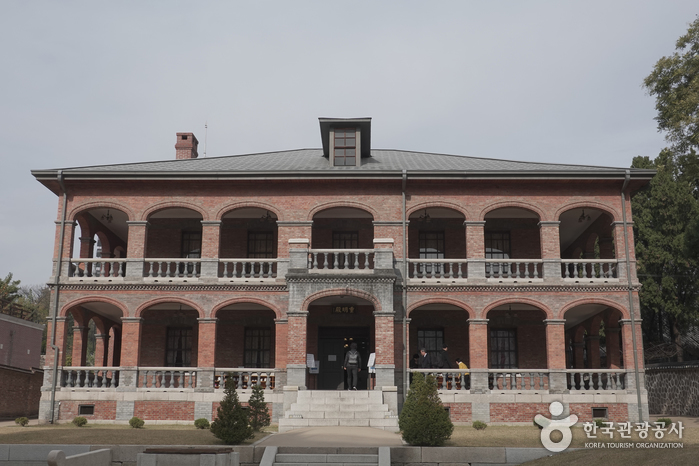
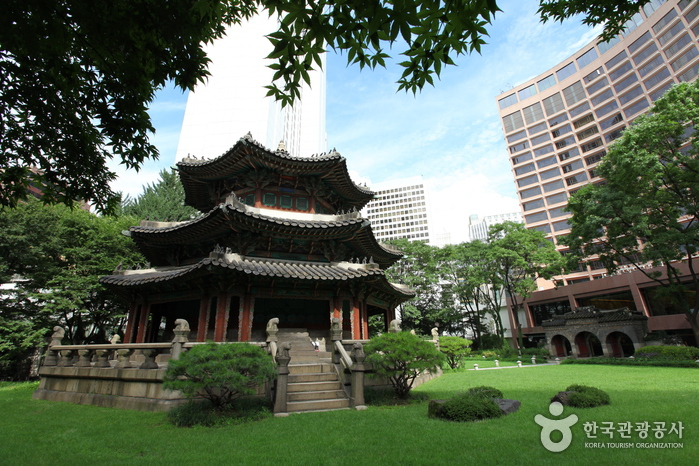
 English
English
 한국어
한국어 日本語
日本語 中文(简体)
中文(简体) Deutsch
Deutsch Français
Français Español
Español Русский
Русский